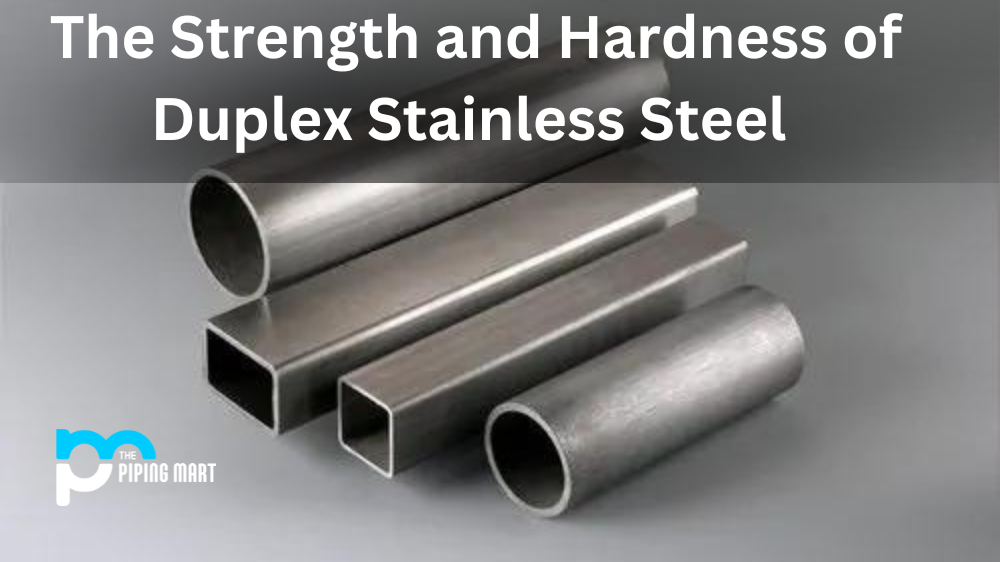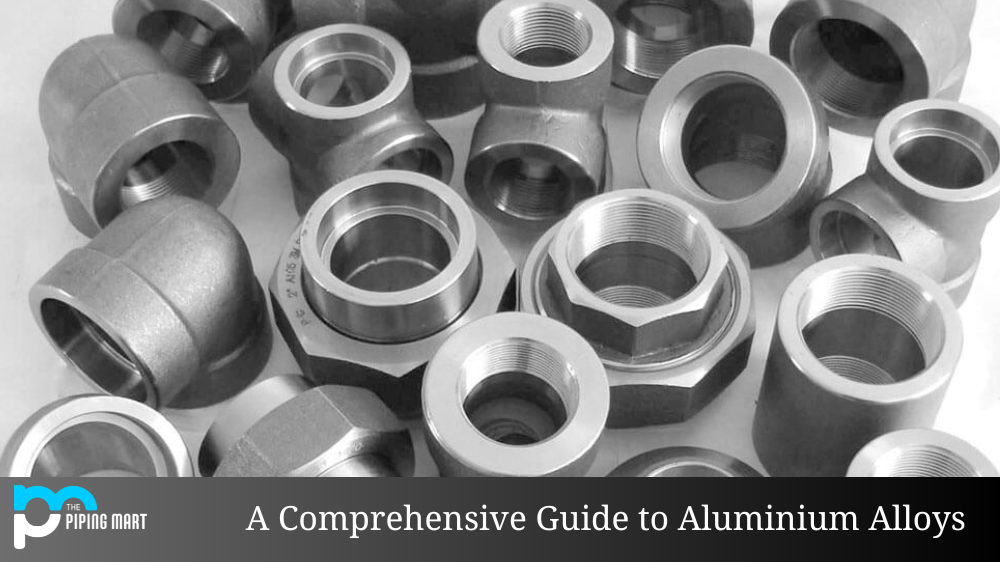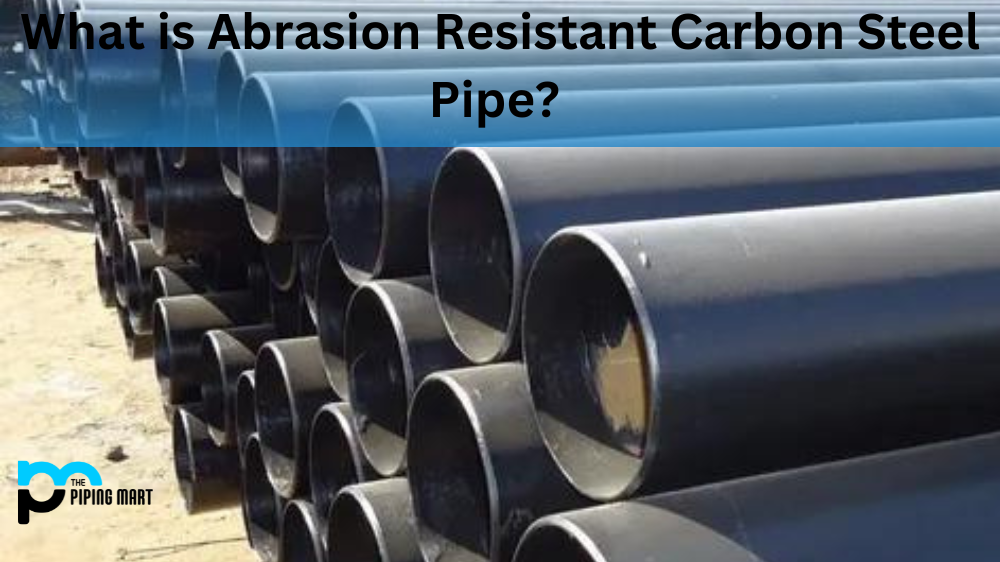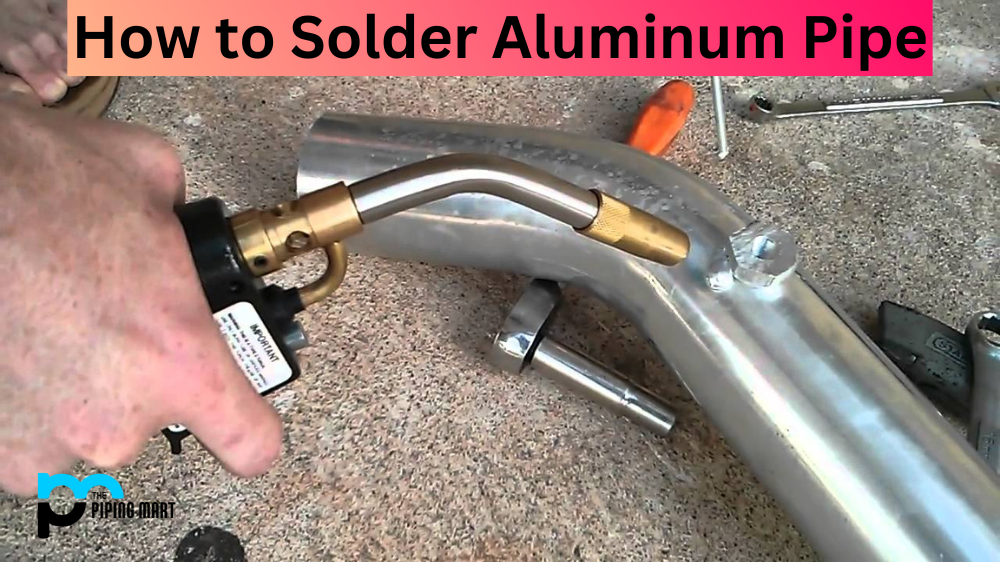Duplex stainless steel is a popular material for many industrial applications due to its strength, Hardness, and corrosion resistance. But what is duplex stainless steel, and why is it so strong? In this article, we’ll take a closer look at the composition of duplex stainless steel, as well as its hardness rating and other characteristics that make it such a desirable material.
What Is Duplex Stainless Steel?
Duplex stainless steel is a type of alloy made up of both austenitic and ferritic phases. The combination of these two phases gives the alloy greater strength than either phase alone. It also provides greater corrosion resistance than traditional stainless steel, making it ideal for applications that require exposure to corrosive elements or high temperatures.
Hardness Rating
The hardness rating of duplex stainless steel depends on the composition of the alloy. Generally speaking, the harder grades have higher chromium content and lower nickel content. These alloys are usually used in applications where maximum strength is necessary, such as valves, bolts, and fittings. On the other hand, softer grades have higher nickel content and lower chromium content which makes them more resistant to corrosion but not as strong as their harder counterparts.
Other Characteristics
Aside from Hardness and strength, duplex stainless steel also has excellent weldability and formability traits which make it an ideal choice for many types of industrial applications, including pipes, pumps, valves, tanks, heat exchangers, pressure vessels, etc. It also has good cryogenic properties, which make it suitable for use in extremely cold environments.
Conclusion:
In conclusion, there are many reasons why duplex stainless steel is such a popular choice for industrial applications. Its combination of strength and durability makes it an ideal material for components that need to withstand harsh conditions while still providing reliable performance over time. Its weldability and formability traits also make it versatile enough to be used in a wide variety of products with minimal effort or cost. Its excellent range of properties combined with its affordability compared to other alloys makes it an attractive option for engineers who want reliable performance without breaking the bank.

Pipingmart is a B2B portal that specializes in metal, industrial and piping items. Additionally, we share the latest information and information about materials, products and various types of grades to assist businesses that are involved in this business.




